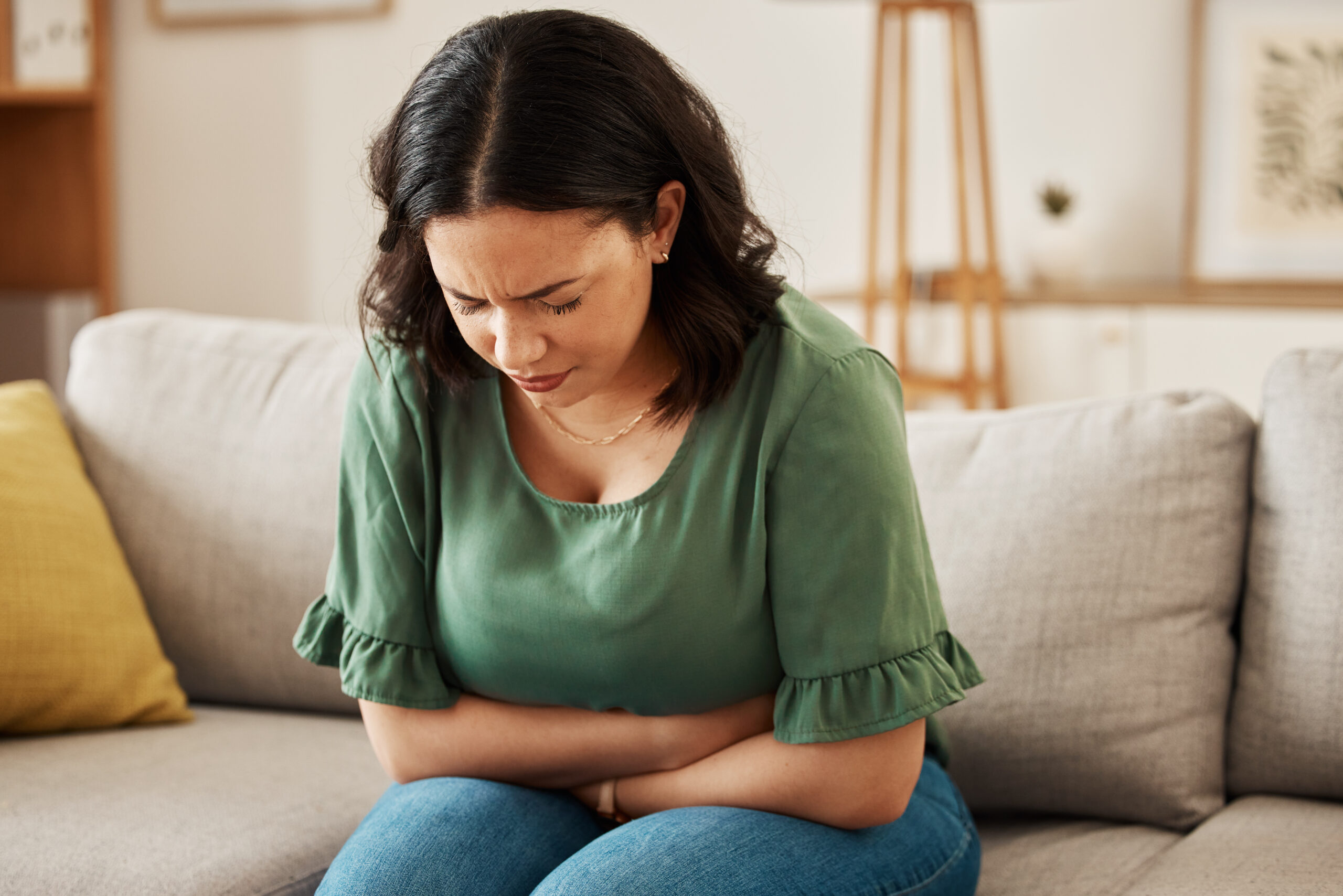CONDITIONS
Simplex Chronicus: Stopping the Scratch Cycle
We have all experienced an itch that feels like it will never get satisfactorily scratched.
For those suffering from lichen simplex chronicus, the itch never ends. They itch. They scratch. They itch more. The cycle causes the skin to become thickened, scaly and discolored, which is when being itchy turns into diagnosable lichen simplex chronicus. Although the cause of lichen simplex chronicus is unknown, there are effective long-term treatments that can stop the itching, clear lesions and help prevent a recurrence.
Coyle Institute offers the most innovative and effective solutions for lichen simplex chronicus, including
TULIP® ProFractional laser treatments.
What Is Lichen Simplex Chronicus?
Lichen simplex chronicus is a common form of chronic dermatitis that presents as dry, patchy, scaly or thickened skin.
Lichen simplex chronicus can present as single or multiple lesions. They may occur anywhere but most commonly develop on the head, neck, arms, scalp, anus and genitals. The most common symptom is itching. Plaques and thickened, discolored lesions may develop as a result of repeated scratching of the affected area. The lesions can vary from yellow to deep reddish-brown. The lesions may be small or spread to areas with a diameter as large as ten centimeters.
Lichen simplex chronicus occurs in approximately 12 percent of the population. It is most common among women ages 30 to 50, likely due to a significant increase in stress. Twice as many women as men experience lichen simplex chronicus.
Symptoms
Symptoms of lichen simplex chronicus include:
- Itchy skin patch or patches
- Leathery or scaly skin texture
- Raised, rough patches
- Areas that are red or darker than the rest of your skin
The intense itchiness may be constant or intermittent. Often, people with lichen simplex chronicus begin to scratch out of habit, even in their sleep, which can exacerbate the condition.
See your doctor if:
- You repeatedly scratch the same patch of skin
- Itching disrupts your focus in daily life
- Itching interferes with sleep
- Your skin becomes painful or looks infected or you have a fever
Causes
The cause of lichen simplex chronicus is unknown. In some cases, it begins with itchy skin irritation such as an insect bite, friction from tight clothing, or an allergic reaction.
Lichen simplex chronicus can occur with other chronic skin conditions such as eczema and psoriasis.
Stress and anxiety can trigger itching or make it difficult to stop habitual scratching.
Lichen simplex chronicus causes the nerves in the skin to keep signaling to the brain that there is an itch. But the more you scratch, the more it itches.
Complications
Constant itching can affect your sleep, sex life and overall quality of life.
Although lichen simplex chronicus is a non-life-threatening skin disorder, the frequent itching and scratching can cause skin infections, scarring and changes to skin color. In very rare cases, when left untreated, the condition can evolve into cancer.
Treatment
The first step is to stop the cycle of itching, scratching and irritation. Early treatment typically includes topical corticosteroids for larger areas. Intralesional steroids can treat smaller lesions. Stress can trigger itching and lesions, so anti-anxiety medication can also help lessen symptoms and help prevent new lesions from forming.

What Is TULIP® Treatment?
The new, cutting-edge TULIP® treatment at Coyle Institute uses a high-tech approach to treat lichen simplex chronicus.
An exam and biopsy determine the severity of the lichen simplex chronicus lesions.
Then a ProFractional ™ laser carefully eliminates damaged tissue and encourages the growth of new, healthy skin. The ProFractional™ laser is adjusted and customized to treat damaged skin and preserve healthy surrounding tissues.
Does TULIP® Require an Overnight Stay?
Assessment and treatment require at least a three-day stay in Pensacola, Florida, beginning on either Monday or Wednesday.
On day one, patients have a full exam and a biopsy if needed. Dr. Coyle sends the tissue samples to a laboratory for assessment. On day two, Dr. Coyle has the information needed to customize TULIP® treatment. On the third day, the patient is treated and typically cleared to return home.
What Is the Recovery Time After TULIP® Treatment?
Women generally return home and resume their normal lives the same day as their treatment. We will talk about your aftercare needs and routine during your initial consultation and following your TULIP® procedure.
When Will I See Results From My TULIP® Treatment?
The healing process triggered by the TULIP® treatment rebuilds tissue and creates new skin. One month after TULIP® treatment, most patients are completely healed with no symptoms of lichen simplex chronicus.
How Long Will TULIP® Treatment Prevent a Recurrence Of Lichen Simplex Chronicus?
With lichen simplex chronicus, there is always a risk of recurrence. In our patients treated with TULIP®, we have not seen symptoms return.
The itching and discomfort of lichen simplex chronicus are disruptive to women's daily and sexual lives. Our goal is for women to return to their normal lives and healthy intimate relationships. After a single TULIP® treatment, most of our patients report 100 percent recovery from all lichen simplex chronicus symptoms.
If you have symptoms of lichen simplex chronicus, early treatment is strongly encouraged to help prevent scarring, infection and other risks. Schedule your consultation with Coyle Institute today to learn more about effective, single-treatment relief from lichen simplex chronicus symptoms with TULIP®.
